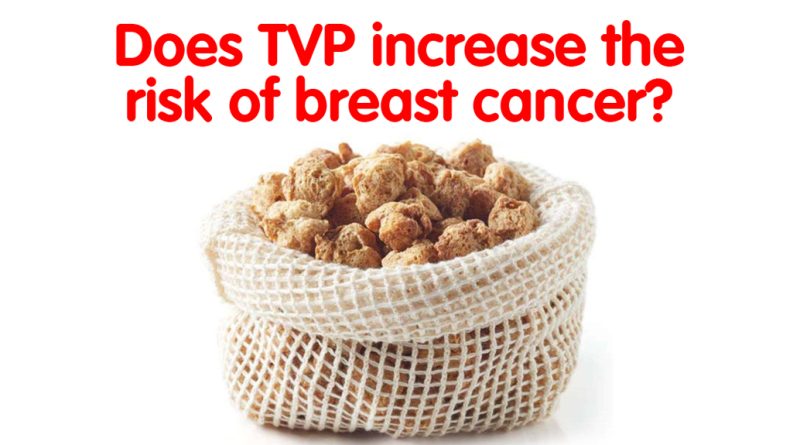Busting myths about the use of TVP Soya Meat in diet
Soy is a protein found naturally in legumes such as soybeans beans, and even in tofu, soy milk, soy sauce, miso, tempeh, and other foods.
Textured soy protein, also known as TVP (Textured Vegetable Protein), is a manufactured soy product. Its proper name Total Soy Protein, or TSP, is actually a more accurate description since it contains a derivative of soybeans rather than actual vegetables.
In Sri Lanka, TVP is frequently used as a meat replacement as it also meets standards of nutrition and is an economical purchase. TVP is also a good source of the essential amino acids, and contributes calcium and magnesium to one’s diet. However, there are many myths about this particular product in Sri Lanka, cautioning many against including Soya Meat in their daily diets.
Does TVP increase the risk of breast cancer?
There are long standing myths of soy causing changes to the sex hormones, estrogens and testosterone in humans. However, none of these myths have been scientifically proven.
Some types of cancer, such as hormone receptor-positive breast cancer, use human estrogen to grow and spread. Estrogen is a class of hormones that the body can synthesize. They can enter cells and activate estrogen receptors to express certain genes, mainly related to sex. It impacts several functions within the body, such as sexual development, pregnancy, childbirth, and menopause. Females, in particular, have higher levels of estrogen to help regulate their reproductive system and other systems within the body.
Soy contains estrogen-like chemicals called isoflavones, which acts as phytoestrogens (essentially an imitation estrogen in plants) in mammals. This similarity to estrogen is why people assume that eating soy increases breast cancer risk. As humans, our bodies have a different type of estrogen. So, of this, some people may worry that eating the phytoestrogens found in soy could increase estrogen in their bodies and encourage breast cancer growth. While they’re not the exact same as those main estrogens, they can activate the same estrogen receptors and have an impact on our endocrine systems.
However, no studies in people have shown a link between eating soy and having breast cancer. Studies done in the laboratory have shown that Isoflavone enhanced the growth of breast cancer cells and promoted breast cancer tumors in rats, who metabolise differently than humans. However, these studies were not done in people, and laboratory studies are not used to make dietary recommendations for people.
Some studies suggest that soy may help protect against breast cancer. For example, a 2014 meta-analysis of multiple studies in some scientific journals, it was found that soy was marginally protective against breast cancer in postmenopausal people from Western countries. Scientific data suggests that consuming soy foods as part of a diet with lots of other plants is a great way for breast cancer survivors to care for their bodies.
Relationship to gynecomastia and other feminine characteristics in males.
Gynaecomastia is what we would commonly know as the development of breasts in teenage boys and older men. While it is a cause for concern, the intake of soy products has nothing to do with the condition. Although some degree of gynecomastia is seen in most males, it can be cured 90% of the time. Further, experiments conducted across the world prove that soy proteins do not interfere with testosterone levels.
Soy protein and prostate cancer
Prostate disease is an increasingly common medical condition among older men in many developed countries. It brings about a benign enlargement of the prostate, presenting urinary obstruction, discomfort and urinary problems. Both genetic and environmental factors have been implicated in prostate carcinogenesis. The male sex hormones namely testosterone, dihydrotestosterone (DHT) and androstanediol are considered as direct contributors to changes in the prostate gland. So at a basic level, prostate cancer is caused by changes in the DNA of a normal prostate cell.
In the prostate, testosterone is acted upon by the enzyme 5a-reductase and converted to dihydrotestosterone, a more potent androgen that regulates intra-prostatic metabolism. Increased exposure of the prostate to DHT is associated with increased tissue growth. DHT is metabolized to androstanediol and these two androgens have been measured in plasma. Both the biological activity and the metabolic clearance of these hormones are strongly influenced by sex hormone-binding globulin (SHBG), which reversibly binds the steroid hormones with different strength.
Years of research has deduced that Prostate cancer is much more common in people with westernized diet. Certain dietary constituents may mediate prostate cancer growth via hormonal and other mechanisms. Hence, any dietary component that influences the amount of biologically-available androgens within the prostate gland has been considered by many scientists.
The rates of prostate cancer increase among men who migrate from a country of low incidence rates to one with high incidence rates and this increase could be due to their adoption of a Western-style diet. Decreased intake of fat, increased dietary fibre and changes to a vegetarian diet have resulted in lower plasma androgen levels.
Further, the consumption of animal products, especially some dairy products had been associated with an increased risk for prostate cancer. In contrast, prostate cancer rates are low in most Asian countries, where soybean products are frequently consumed, and it has been proposed that lower disease rates might be due, at least in part, to protective effects of TVP consumption and of other dietary and lifestyle factors.
Soy protein and Osteoporosis
Soy may not contain as much calcium as cow’s milk but it contains a lot more magnesium also essential for bone health. Studies have shown that women adding 40grams of soy to their daily diet for six months had greater bone mineral density than those that did not. Also, the Chinese and Japanese who have been consuming soy for centuries show fewer cases of osteoporosis than cultures where cow’s milk is more popular.
Finally, if you’re a skeptic, this should be enough to encourage you to give soy a try. Keep the levels moderate and you should be able to reap the benefits of this high-quality protein.
[The writer is Prof Shirani Ranasinghe, Senior Prof. in Biochemistry, Department of Biochemistry at the Faculty of Medicine – University of Peradeniya.]
Views: 190


